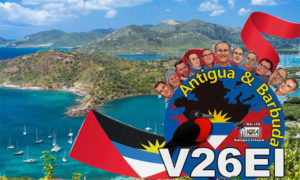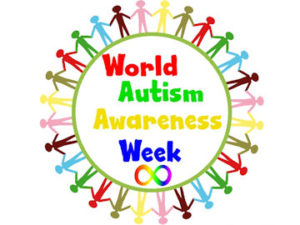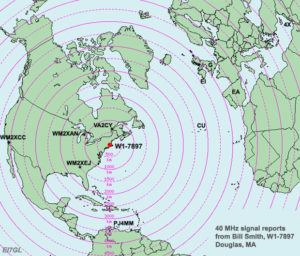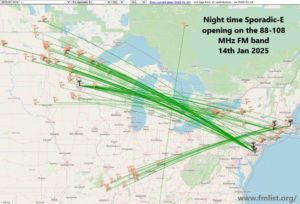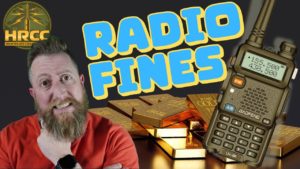Looking back at the first 144 MHz trans-Atlantic reception report of the Cape Verde D4C beacon in 2015

In a previous post, I reported on the first-ever trans-Atlantic contact between the Canary Islands and the Caribbean on 144 MHz. As with many other posts, this generated some discussion online and I was interested to read that the first 144 MHz trans-Atlantic report to the Caribbean was back in 2015 by PJ4VHF.
To be honest, I can’t remember seeing this before and it’s possible that I did read it but forgot about it. As I keep a record of the 2m trans-Atlantic openings on my 144 MHz page, I thought it only right that I should do up a post about it and have a record of it here on the site.
Dave Pederson, N7BHC operated from the island of Bonaire in the Caribbean as PJ4VHF from February 2012 to June 2019. While there, he operated on the 50 MHz, 144 MHz, and 432 MHz bands.
The above photo shows the antennas used by PJ4VHF at about 12 meters above ground level…a 5 element Yagi on 50 MHz (M2 6M5X), a pair of stacked 13-element Yagis on 144 MHz (Cushcraft 13B2), and a 43 element Yagi on 432 MHz (M2 43-9WL).
The D4C beacon runs 20 W and is about 750 meters above sea level. Pederson was able to confirm the transmission with the beacon operator, HB9DUR. He was using a Kenwood TS-2000 and two 13 element Yagis.
“I had parked my VHF array pointing west for minimum wind resistance,” Pederson told ARRL Propagation Contributing Editor Tad Cook, K7RA. “Tuesday evening [May 5] I was doing some paperwork in the shack and rotated the beams back east at 0100 UTC to prepare for listening all night. To my amazement, I started copying CW while the beam was still 30° off the D4C bearing.”
| D4C contest site on top of a mountain on the Cape Verde Islands |
Later in June of 2015, NP2X received signals from a German ham visiting Cape Verde one night, and a couple of nights later he was heard by the German visitor on D4, but unfortunately, no two-way contact was made.
At the time in 2015, the D4C contest site was unmanned for most of the time but in later years remote operation becomes possible. The reception report by PJ4VHF showed that a trans-Atlantic sea path by tropo on 144 MHz was possible and this encouraged others to make the effort.
The first trans-Atlantic contact on 144 MHz between Cape Verde and the Caribbean took place four years later in June of 2019.
More details about the various trans-Atlantic contacts on 144 MHz can be found here… https://ei7gl.blogspot.com/p/144-mhz.html
If you have found a spelling error, please, notify us by selecting that text and pressing Ctrl+Enter.
